It is the skill of growing crops on a small patch of land in an organized way near a living residential house to satisfy the family’s needs with fresh food regularly throughout the year. It is the product of careful planning, continual attention, and a desire to raise nutritious veggies. Let’s check out how to start a small kitchen garden.
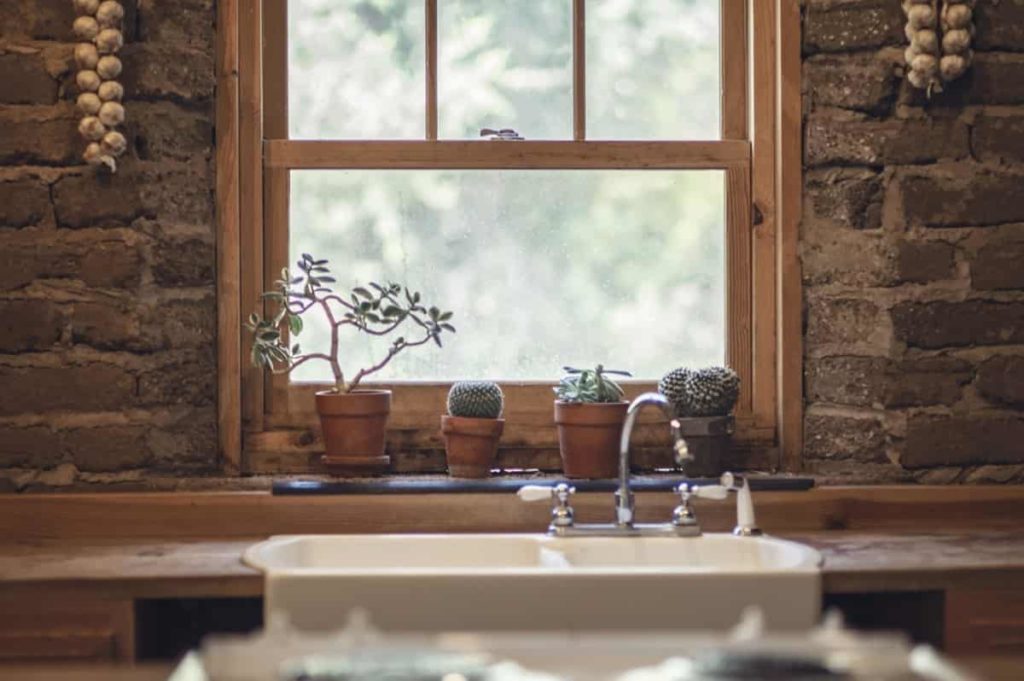
How to start a small kitchen garden
Basic guidelines for growing a potted kitchen garden
- By conducting a study on a given plant, you may determine the optimum site for it.
- Ensure that there is enough sunshine and that suitable drainage is in place.
- Protect your pot kitchen garden from the elements.
- Start with easy-to-grow plants that are local to your area.
- Water only if the soil is entirely dry to avoid overwatering.
- Organic items are preferred. Compost and seasoned manure should be used.
Get your kitchen garden up and running at the right time
Early spring is the best time to begin vegetable planting, but you may start preparing ahead of time. Measure the size of the layout you want, keeping in mind that it should be manageable. It will take a long time to prepare and maintain a large vegetable garden with adequate room to produce everything. If you don’t have much time to grow, a smaller pot with dwarf types, vegetables among other things such as flower beds, or planting in containers might be preferable options.
Select the Vegetables and fruit you want to grow
Grow only what you enjoy eating and much as you require. Make a checklist of your favorite foods, including herbs, and think about the ones that are more costly to purchase. Include a variety of veggies that you prefer, then reduce your pick according to your space and growth circumstances. Keep things basic, especially if you’re a newbie. The idea of producing your food is enticing, and we know you’ll be tempted to start all of the seeds and plant all of the vegetables available at your local garden center, but you must restrain yourself.
Start with what you already have, start small, and with time, you’ll be able to determine what you are capable of for consistent success. The finest vegetable garden crops for novices are potatoes, peas, and radishes. For a year-round yield, strive for a succession of plants all through the seasons, with minor plantings every couple of weeks. It’s important to look for seeds and plants that have been cultivated organically. Pesticides and chemical fertilizers are commonly used in conventionally produced plants.
Growing organically in your kitchen garden is a fantastic idea
Try salad leaves such as baby leaf spinach and ‘Saladini’ in shallow trays,’ if you have a tiny space and want to start container gardening. Choose trailing tomatoes like ‘Tumbler’ and ‘Garden Pearl’ for basket and window boxes. Permanent strawberries go well in deep boxes, but they need to be watered regularly. In huge tubs, courgettes, as well as dwarf runner beans, produce nicely. Eggplant and Sweet peppers as well as herbs like basil and sage are useful during very hot sunny situations. With peat-free compost and a sunny location, early potatoes are a breeze to produce.
In case you miss this: Growing Peppers – Tips, Ideas, And Techniques
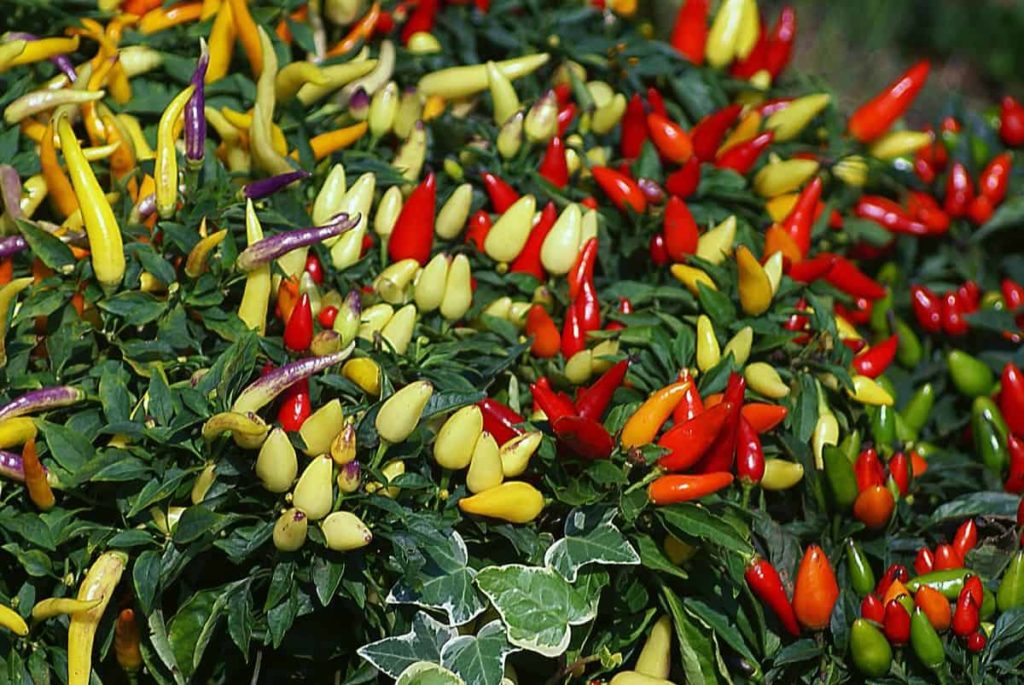
Choose the proper soil
After you’ve determined your sunny places and chosen your plants and pots, it’s time to select the correct soil. Many nurseries now sell ready-made potting mixes, which are made up of topsoil, compost such as organic fertilizer, and coconut husk. That’s something you could buy in pre-packaged bags. However, asking a gardening enthusiast in your neighborhood for good soil is the best way to get it. They nearly never run out of dirt.
Ensure the soil allows water to soak through rather than keeping it in since too much water might cause the roots to rot. Maintain a bag of organic fertilizer available, which you may sprinkle in the pot every month or two to recharge the soil. Try not to water your plant too much. Plants mostly perish as a result of overwatering than any other cause.
Examine the light
Sunlight is the most crucial factor in developing food plants. Each plant is a small machine that uses its fruits and leaves to transform solar energy into food for humans. Examine the light in your home. Note which wall or room receives the lightest and how it changes from dawn tonight. The location of your kitchen garden does not have to be in the kitchen.
It might be on a window grill, on the little balcony, or perhaps in the living area. It’s not uncommon for the wall to remain in sunlight for an extended period. Try a vertical garden in these situations. Remember that the optimum site for growing vegetables is which receives the most sunshine for the longest period.
Pick your pots
Growing veggies is excellent because it’s not only about the plants; it’s also about the immediate touch that can be added to any location. They can draw a lot of attention and start a lot of conversations. Edible plants may be grown in nearly any container. Tetra packs and old bottles can be used, or you can purchase attractive metallic, ceramic, or wooden containers. Choose according to your interests and, most significantly, the space in which you want to build your kitchen garden.
In case you miss this: How to Grow Indian Vegetables in USA: at Home, in Backyard, and Pots – A Step-by-step Guide
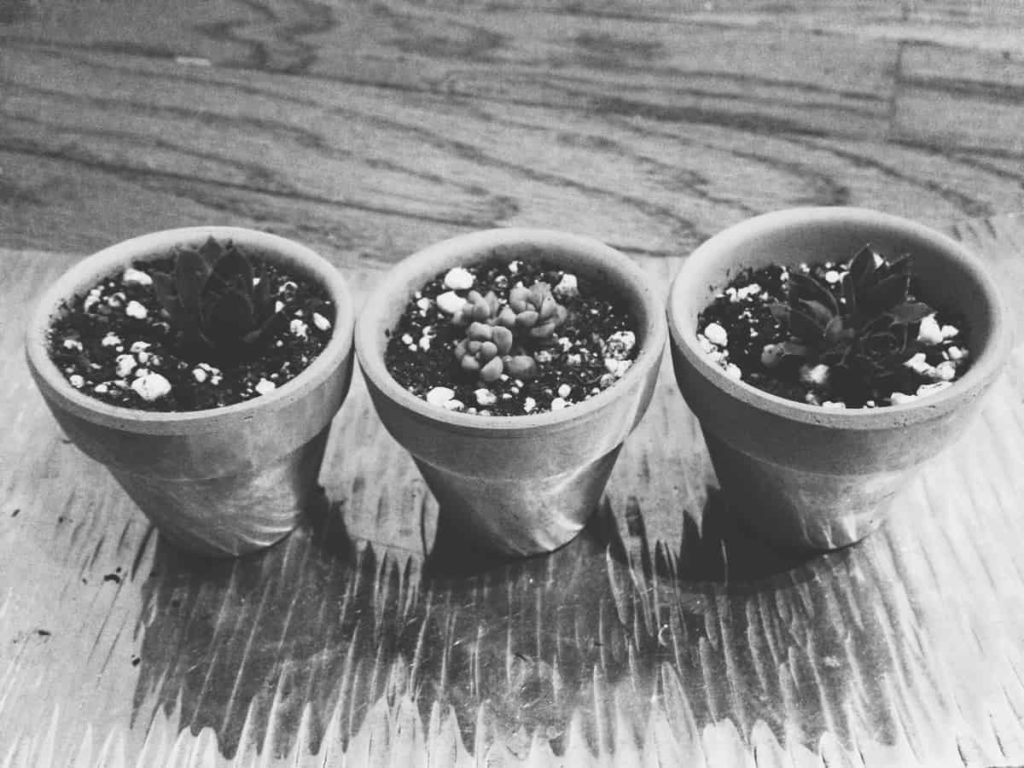
Pots can be mounted on walls or hung as window boxes. You might attempt square foot gardening in rectangular shape wooden boxes if you have a balcony. To make your garden fascinating, use your imagination. Remember not to sow too many Seedlings in one pot. Begin with just a few. Once a little seed begins to sprout, you’ll be shocked at how huge it can grow.
Container size
For larger plants such as tomatoes choose 11-inch pots and for smaller plants such as basil use pots with a diameter of 5 inches. Also consider growing food plants like brinjal or ladyfinger, for this make sure your balcony receives about 5 to 6 hours of sunlight daily.
Required time
Microgreens develop in a week or less, but a full-fledged kitchen garden, which includes veggies like brinjal and tomatoes, takes at least three months.
Gardening in hydroponics
The process of growing plants where the soil is supplemented with a nutrient-rich water solution is known as hydroponic gardening. Start with earth gardening and once you’ve mastered producing food plants, try hydroponic farming, which incorporates innovative technology.
In case you miss this: Top 10 Herbs to Grow in Hydroponics
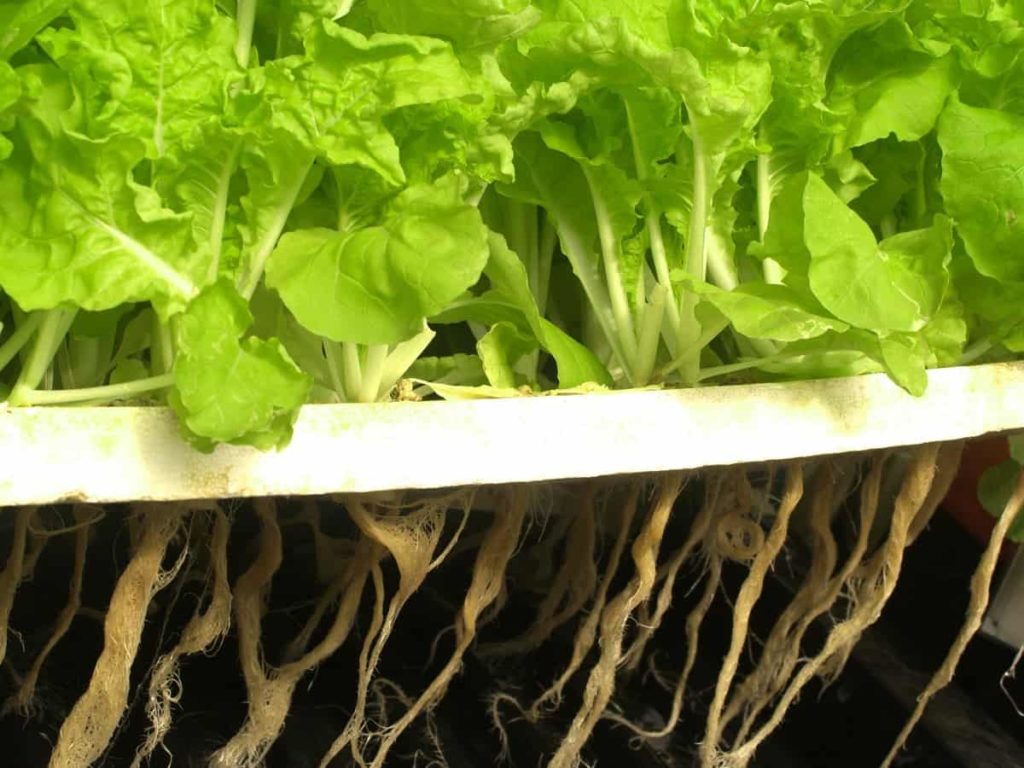
Consider vertical gardening for your garden.
If you want to create a large patio kitchen garden but don’t have enough room, vertical gardening is indeed the right solution. To develop your garden vertically, you can use shelves, hanging baskets, pots, or trellis. This will allow you to make the best use of your limited area.
Vertical vegetable garden made of cinder blocks
Plant your veggies on cinder blocks to create an outstanding blooming wall in your room. It produces a distinctive and contemporary environment, the cinderblocks will remain endlessly, and weed management will be simple.
A green-roofed dog house
Why not put some walls to your raised vegetable beds to create a pleasant sanctuary for your dog? This saves space and raises the garden to a convenient working height.
Gardening with PVC pipes
This appears to be a fantastic concept. It maintains everything nice and tidy, and the little holes ensure that no weeds grow.
Composting at home: a step-by-step guide
Compost may be made from raw kitchen trash, which provides fertility to the topsoil. Composting organic matter can be done in a variety of ways. An easy way is to dispose of organic waste in closed clay pots and cover every layer with red dirt. Repeat the process until the pot is filled. For a small family, a twenty-liter pot lasts for around a month. Set aside the entire pot. After two months, the materials in the container would be ready to use as compost.
In case you miss this: Cow Manure For Plants – Composting, Benefits
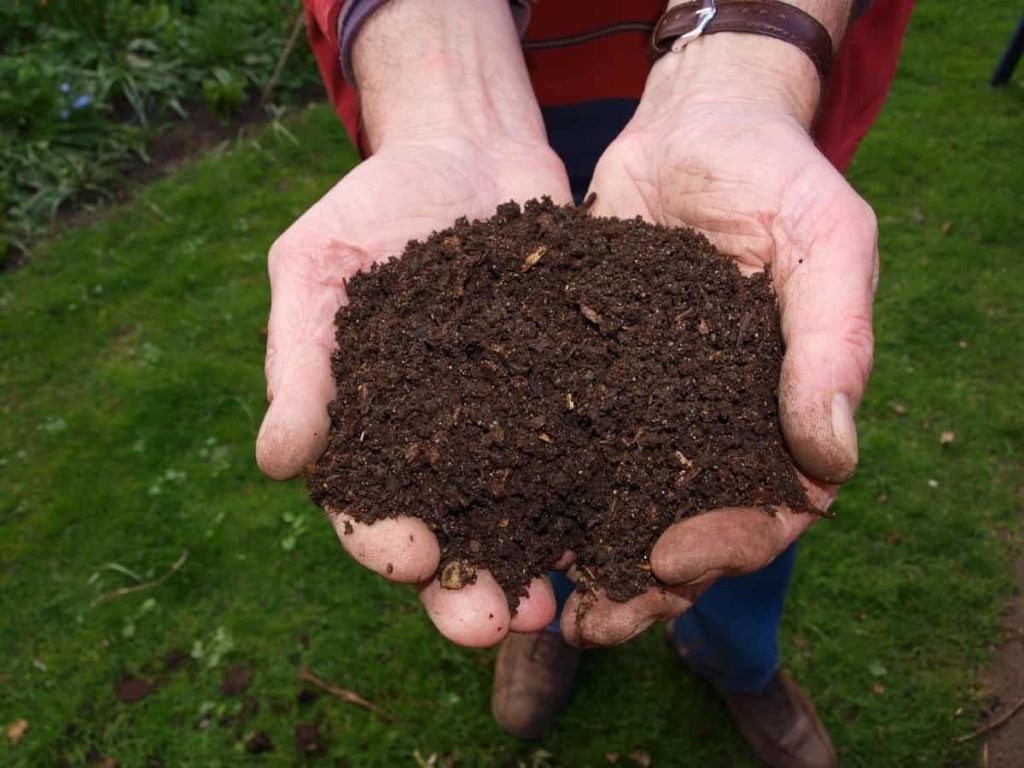
The benefits of owning a home edible kitchen garden
Organic kitchen gardening not only provides fresh, pesticide-free food to homeowners, but the process may also be soothing. Gardening is beneficial to our health since it is a peaceful hobby that may help us overcome anxiety. It may also be a fun family activity for youngsters to help them deal with boredom while also improving their motor skills. Recycling and painting milk cartons, plastic bottles, old pots, containers, and other items to use as planters are other options.
Frequently asked questions
What plants should not be planted together?
Most plants are said to affect the neighboring plant’s development, however many are still considered myths and lack scientific evidence. Although there is little research in this area, the following plants are thought to affect the neighboring plant’s development:
- Cabbage
- Cucumbers
- Soybeans
- Tomatoes
In case you miss this: The Best Fertilizer for Tomatoes in Pots
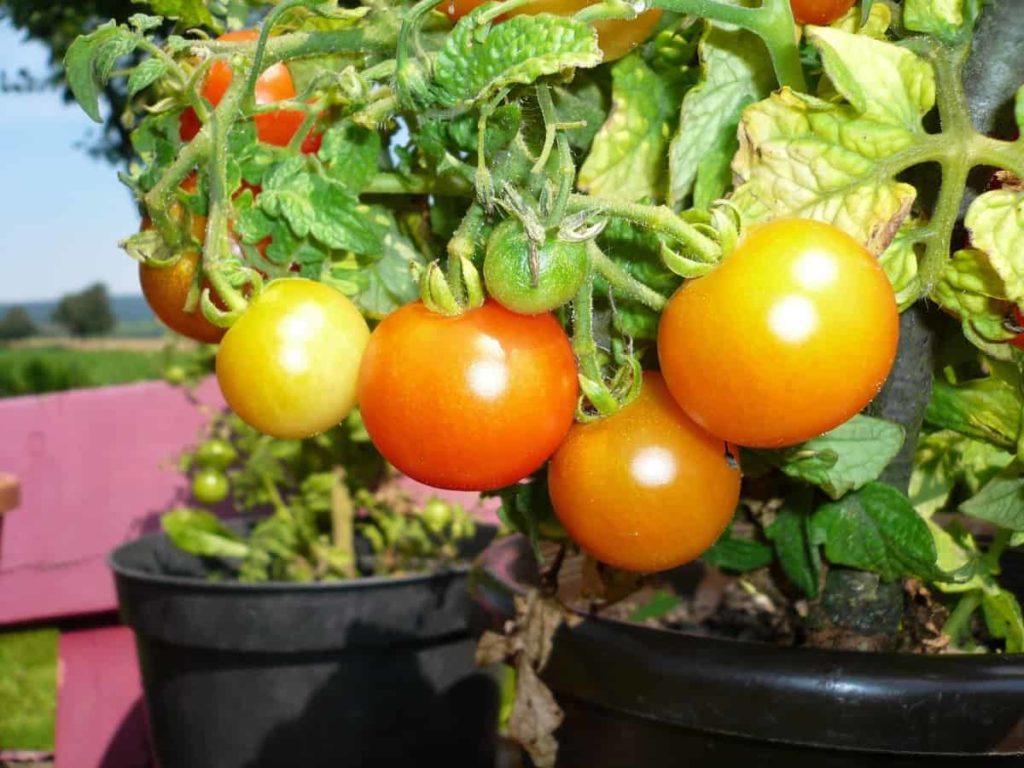
How do you layout a vegetable garden?
The garden will receive the optimum sunlight exposure and air flow if it is oriented north to south. A garden that grows east to west is likely to be overshadowed by the crops in the row. Plant tall plants on the northern side of the garden, such as beans or corn, to protect smaller crops from being shaded.
How deep should a raised bed garden be?
To be successful, a raised bed need not be extremely deep. Mostly, eight to twelve inches is sufficient. The bed might be higher and packed with a permeable growth medium if drainage is an issue or when the plants you’re planting demand drier soil. The depth of the vegetable beds must be twelve to eighteen inches.
- How to Grow Hibiscus from Flower
- Plantation Ideas for Home Decoration: A Beginners Guide
- Flower Garden Designs and Layouts for Beginners
- Planting and Spacing Techniques in Papaya: A Beginner’s Guide
- Growing Gold: Essential Techniques for Planting Pineapples
- How to Make Kalanchoe Plant Bushy: Home Remedies and Solutions
- 11 Reasons Why Your Gardenia is Not Blooming: Home Remedies and Solutions
- Eco Elegance: The Guide to Designing a Drought-Tolerant Landscape
- Gardening on a Slope: Strategies for Hillside Landscaping
- Nourish and Flourish: Top Organic Mulches for Thriving House Plants
- Everything You Want to Know about Indian Mogra Flower: Discover Uses and Growing
- Green Thumb Success: Expert Tips for Cultivating Greenhouse Pumpkins All Year Round
- Maximize Growth & Flavor: The Ultimate Guide to Companion Planting in Herb Gardens
- How to Control Rhododendron Problems Naturally: Home Remedies and Organic Ways to Fix Them
- Natural Magic: The Remarkable Benefits of Cinnamon for Plants
- Best Steps to Revive Dying Tulip with Natural and Organic Treatment
- 10 Reasons Why Your Angel Trumpet is Not Blooming: Remedies and Treatment
- How to Fix Periwinkle Leaf and Flower-Related Problems: Natural Remedies and Solutions
- How to Fix Zinnias Leaf and Flower Problems: Discover Natural and Home Remedies
- Organic Steps to Induce Lemon Tree Flowers: A Comprehensive Guide
- Bloom Booster: Crafting the Perfect Homemade Bougainvillea Fertilizer
- Optimizing Growth: A Guide to Applying NPK Fertilizer for Potted Plants
- 10 Best Homemade Fertilizers for Rubber Plant: DIY Recipes and Application Method
- How to Boost Female Pumpkin Flowers: Effective Steps for More Flowers and High Yields
- Transform Your Indoor Garden: Top Benefits of Pink Salt for Houseplants
- 10 Best Homemade Fertilizers for Peacock Plants (Calathea): Easy DIY Guide
- Unlock Blooms: 9 Reasons Why Your Potted Chrysanthemum is Not Blooming
- 8 Reasons Why Your Potted Hibiscus is Not Blooming: Fix it with Simple Solutions
- Unlock Blooms: 9 Key Reasons Your Potted Frangipani Won’t Flower
- 10 Reasons Why Is My Ice Plant Not Blooming: Remedies and Treatment
- 10 Reasons Why My Potted Hydrangea Not Blooming: Treatment and Remedies
- 10 Reasons Why is My Wisteria Not Blooming: Remedies and Treatment
- 10 Reasons Why is My Goldfish Plant Not Blooming: Remedies and Treatment
- Maximize Your Space: Ultimate Guide to Balcony Gardening with Grow Bags
- 10 Reasons Why Your Iris is Not Blooming: Remedies and Treatment
- 10 Reasons Why Your Anthurium Plant is Not Blooming: Treatment and Remedies